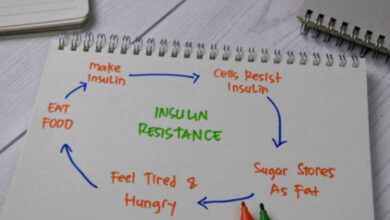
Having given the best years of their life to serve in the defence of the USA, veterans are unfortunately experiencing significant difficulty with what should be a happy return to civilian life. According to the Department of Veteran Affairs, 11% of veterans experience depression and 9.9% anxiety.
Roughly 600,000 have mental health conditions connected to ongoing opioid addiction. While some of this is linked to the inevitable pressures of war, there is evidence that much more is linked to societal treatment and uneven access to medical aid in the USA. Addressing that, and ensuring that former military professionals don’t slip through loopholes, is important.
Read Also: 8 Ways For Supporting Loved Ones in Mental Health Crisis
Providing full care
Veterans can access some of the best healthcare in the USA, and at rates that are far more fair than many insurance plans provide. This also extends to disability. The VA disability benefit rates – for which you can use the calculator here – help veterans understand how the injuries they have incurred while in service of the country will translate into assistance for them in the long term. Each year, new conditions are added to what people can and cannot claim in respect of.
One particularly controversial area of discussion has concerned burn pit injuries. In Iraq, soldiers frequently burned large amounts of waste in the absence of infrastructure to handle it; the government had previously maintained this was local decision-making and not something they were responsible for. A U-turn now means that veterans can receive cover, according to USA Today, but there are loopholes.
Through the gaps
As CBS News highlights, several veterans are, regrettably, not being afforded the full care they perhaps deserve. This is due to loopholes in the law that struggle to classify comorbid conditions as having occurred due to the burn pit.
For instance, CBS highlights one soldier experiencing osteoporosis as a result of a damaged immune system; due to a lack of clarity between the burn pit law and how extended conditions are treated, he is left with bills that will impact his quality of life.
Leaking into employment
These costs cannot be underestimated in their impact. Veterans already experience underemployment in all age categories bar 18-24, and disability increases that rate.
This creates a catch-22 situation with payments for healthcare, where non-treatment of conditions makes finding gainful employment difficult, thus barring the veteran from being able to acquire good quality insurance that can help to compensate for what is lacking from the VA and their care provisions.
As the WFMZ report on employment numbers shows, there is a clear pattern in veterans over the age of 24 experiencing falling employment rates; with it, they risk falling into a situation that has created adverse situations for many others.
Closing up these legal shortcomings will ensure that every veteran receives what they need. This is good for the individual but especially good for society. Once out of the warzone, veterans can be some of the most vulnerable people in the country – proper care and coverage create a situation where they can find comfort.







